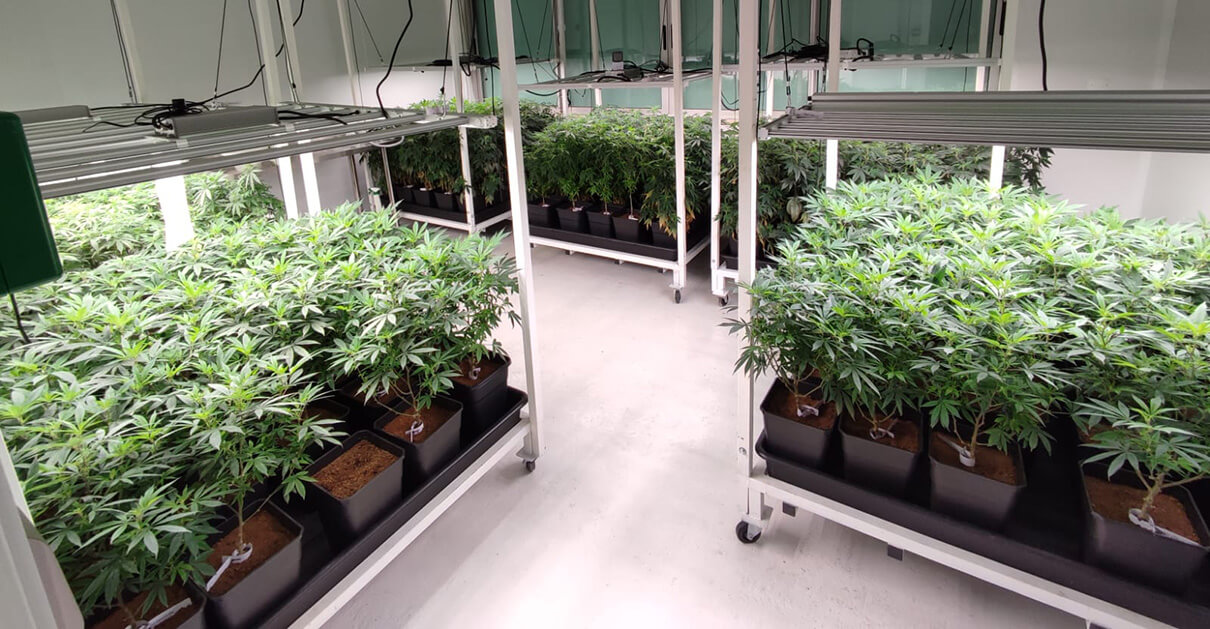Health Benefits of Cannabis: What the Research Says
Jun 20, 2024
In the midst of ongoing legal and scientific conflicts, cannabis, a plant belonging to the Cannabaceae family, has attracted substantial attention for its possible health benefits and medical purposes.

Build Your Cannabis Legacy
Your Path to Legal Cannabis Sales Starts Here.
Partner with Dr. Green to legally sell cannabis and grow your business on a global scale. The green revolution is calling – are you ready to answer?
Understanding Cannabis
More than 540 chemical components have been found in cannabis, including more than 100 cannabinoids like CBD (cannabidiol) and THC (tetrahydrocannabinol).
Due to its ability to interact with the body's endocannabinoid system, which controls pain, appetite, and stress response, THC is well known for its psychoactive effects, which include sensations of euphoria and relaxation.

Medical Applications
Chemotherapy Side Effects: Marinol and Syndros, two FDA-approved synthetic THC drugs, help chemotherapy patients who are experiencing nausea and vomiting.
Multiple Sclerosis: In a number of nations, Sativex, an oral spray with THC and CBD, helps MS sufferers manage their muscle rigidity and spasms.
Chronic Pain: THC and CBD blends are effective in treating nociceptive and neuropathic pain, and they may be a safer option for pain management than opioid-based medications.
Sleep Disorders: Studies suggest that people with obstructive sleep apnea may benefit from taking synthetic THC, or dronabinol, to enhance their quality of sleep.
Other Conditions: Cannabis is also used to treat inflammation, appetite loss, and migraine symptoms, frequently in cases where traditional therapies are ineffective.
Sell Cannabis Legally
Start Your Cannabis Empire Today.
Unlock your digital key to selling cannabis legally and globally with Dr. Green. Don’t miss your chance to join the green revolution.
Potential Risks
Cannabis has potential benefits in therapeutic contexts, however there are hazards as well:
Side Effects: Excessive THC use can cause elevated heart rate, anxiety, and reduced motor function.
Health Hazards: Smoking cannabis carries some of the same hazards as smoking tobacco, such as respiratory problems and even cancer.
Special Populations: Those who use cannabis may be more at risk if they are adolescents, pregnant, or have a history of psychosis.

Quality and Safety
It is essential to guarantee the quality of cannabis products. Requirements for purity and potency are strict when it comes to products from registered dispensaries, and certificates of analysis (COAs) provide transparency. In comparison, goods sourced from unregulated sources could not have the same level of quality control.
Launch Your Legal Cannabis Business
Take the First Step to Your Cannabis Success.
Discover how Dr. Green can help you sell cannabis legally and expand your reach globally. Join the movement and be part of the future of cannabis.
Conclusion
Cannabis has the potential to help with pain management, nausea reduction, and enhancing quality of life for a variety of patient demographics, according to growing research into its medical advantages.
All local requirements must be followed, as well as the hazards must be carefully considered and the medication used appropriately under medical supervision.
Further research will provide more light on cannabis's role in contemporary medicine as the field develops.
In summary, although cannabis holds great promise for therapeutic applications, wise choices and conscientious usage are necessary to optimise its advantages while reducing any hazards.